3 Half and Half Replacements That Still Taste Creamy
Substitute for half and half in recipes can save the day when your refrigerator lacks this common dairy product.
Home cooks frequently encounter this issue while preparing delicious meals, only to realize this creamy ingredient is missing from their kitchen.
The good news is that several alternatives deliver similar texture and richness without compromising taste.
Such replacements often contain ingredients already present in most kitchens, making emergency substitutions quick and stress-free.
Most options maintain the desired consistency while adapting to dietary preferences or restrictions that might prevent regular half and half consumption.
The right replacement depends on what flavor profile works best with the dish at hand.
Once you understand the basic principles behind effective substitution, almost any recipe calling for half and half becomes possible regardless of what's in your refrigerator right now.
When to Substitute Half and Half
There are times when swapping out half and half makes sense in cooking or baking, and knowing when to do it can help save a recipe or make it fit your needs:
Substitutes for Half and Half
Half and half not being available can be addressed with a substitute that supports the same function in the dish. The rest of the kitchen work follows effortlessly.
Yogurt
Yogurt makes a fantastic 1:1 replacement for half-and-half in many baking recipes, adding a pleasant tanginess that works wonderfully in breads, biscuits, muffins, and cakes.
For best results in recipes like ice cream, mix yogurt into the chilled custard base rather than cooking it directly to avoid separation issues.
The slight acidity and fluffy texture yogurt provides can actually enhance many baked goods, giving them a lighter consistency and complex flavor profile.
This substitute isn't ideal for soups or sauces since yogurt tends to separate when exposed to direct heat, potentially creating an unpleasant gritty texture.
Evaporated Milk
Evaporated milk serves as an excellent substitute for half-and-half in many recipes, though its slightly caramelized flavor might create a different taste profile in your final dish.
The nutritional similarities are striking, with evaporated milk containing about 10% fat compared to half-and-half's 12%, but without the water content found in regular milk.
This concentrated form takes up half the space while maintaining all the nutritional benefits of fresh milk, making storage much more convenient for home cooks.
The impressive shelf life of evaporated milk- lasting months or even years depending on fat and sugar content- made it revolutionary before refrigeration became commonplace.
Whole Milk And Light Cream
Substituting half-and-half is remarkably simple since it's just a blend of two dairy products working together.
Making your own perfect substitute involves combining equal parts whole milk and heavy cream, a method most home cooks prefer since heavy cream is typically more available in kitchens.
An alternative approach uses equal parts (1/2 cup each) of milk and light cream, which actually mirrors the exact composition found in store-bought half-and-half cartons.
These homemade versions work wonderfully in all recipes from savory dishes to sweet baked goods, and they even enhance your morning coffee just like the real thing.
Cooking and Baking Tips for Using Half & Half Alternatives
Half and half alternatives can work in many recipes, but a few smart tweaks will help you get the best taste and texture every time:
Match Fat Content for Richness
Add about one tablespoon of melted butter or neutral oil per cup of whole milk or non-dairy milk to mimic the creamy, rich mouthfeel of real half and half in sauces and desserts.
Stir Well Before Pouring
Non-dairy options or homemade blends can separate in the fridge, always shake or stir thoroughly before measuring and pouring for even fat distribution and consistent texture.
Warm Slowly to Avoid Curdling
When adding alternatives to hot dishes, gently heat over low to medium and avoid boiling, since high heat can cause lower-fat or plant-based milks to curdle and become grainy.
Use Thickeners for Creaminess
Whisk in a small amount of cornstarch or flour to thin substitutes, then cook until thickened for a creamy consistency similar to regular half and half.
Test and Taste in Small Batches
Substitutes may taste or react differently in recipes, test in a small batch first, tasting and adjusting for flavor, sweetness, or consistency before making a large amount.
Half and Half Swaps: Frequently Asked Questions
1. Are there dairy-free alternatives to half and half?
Yes, try coconut cream mixed with non-dairy milk, soy creamer, oat creamer, or cashew cream for a dairy-free swap.
2. Can I use only milk or only cream instead of half and half?
You can, but milk will make recipes lighter and cream will make them richer, mixing them gets closest to the original.
3. What’s the best substitute for half and half in coffee?
Evaporated milk, non-dairy creamer, or a mix of milk and cream all work well in coffee and hot drinks.
4. Can I use half and half substitutes in baking?
Absolutely, most alternatives work in cakes, muffins, and breads, just be mindful of any flavor or texture differences.
5. Will a substitute curdle when heated?
Some non-dairy options may curdle if boiled rapidly. Add them slowly and heat gently for the best results.
6. Are there low-fat options for half and half?
Mix low-fat or skim milk with evaporated milk, or use light non-dairy creamers for a reduced-fat alternative.
7. How should I measure and substitute half and half in recipes?
Use an equal amount of your chosen substitute for the amount of half and half called for in the recipe.
8. How should I store half and half substitutes?
Refrigerate any dairy or non-dairy substitutes after opening and use within a week for the best quality and safety.

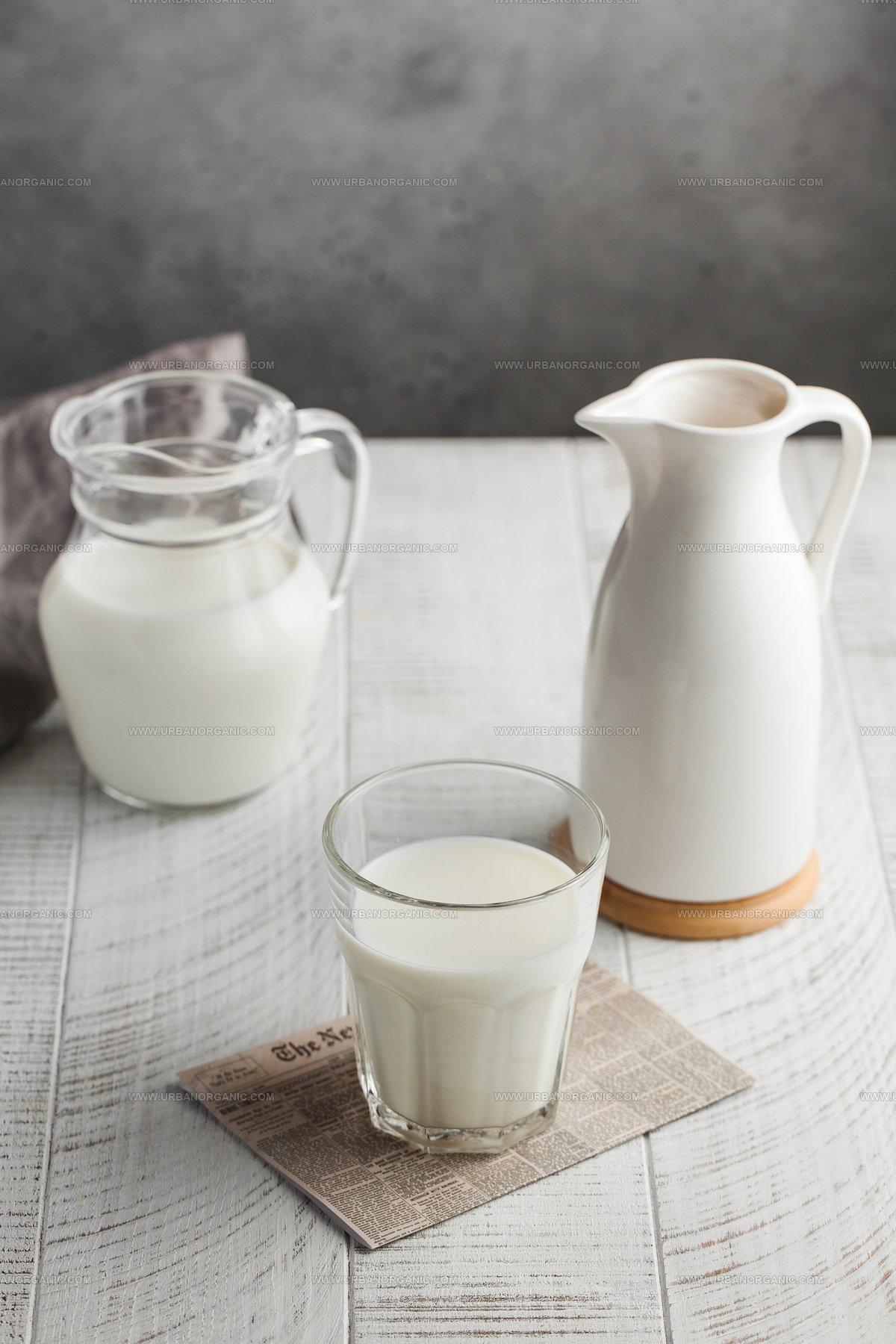
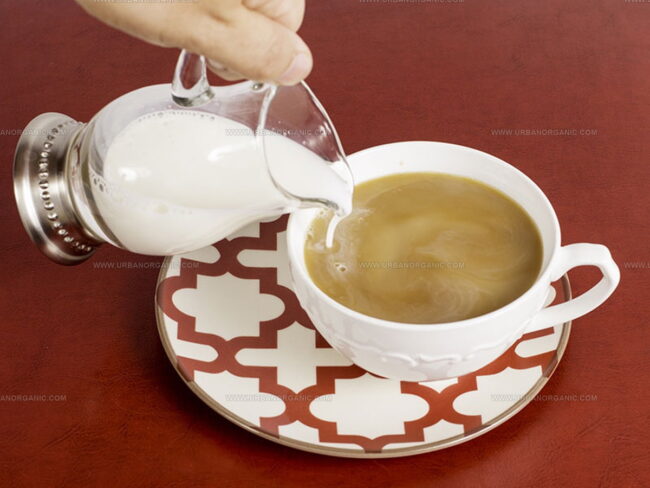
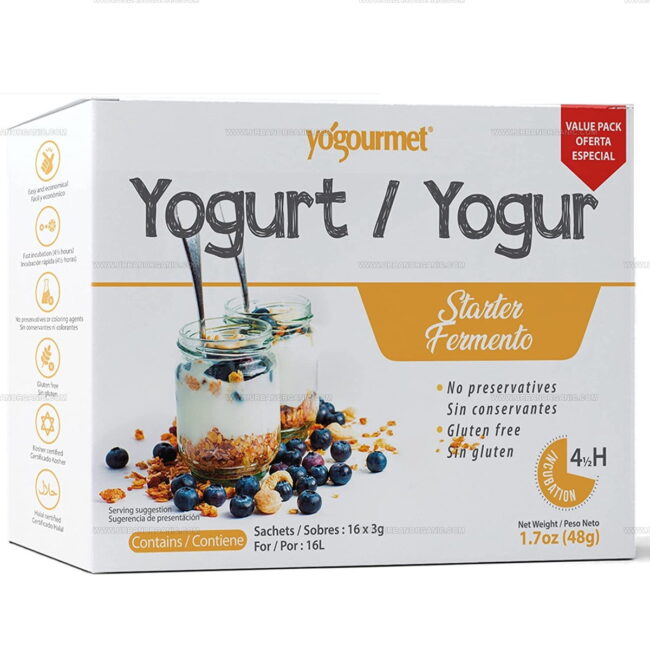
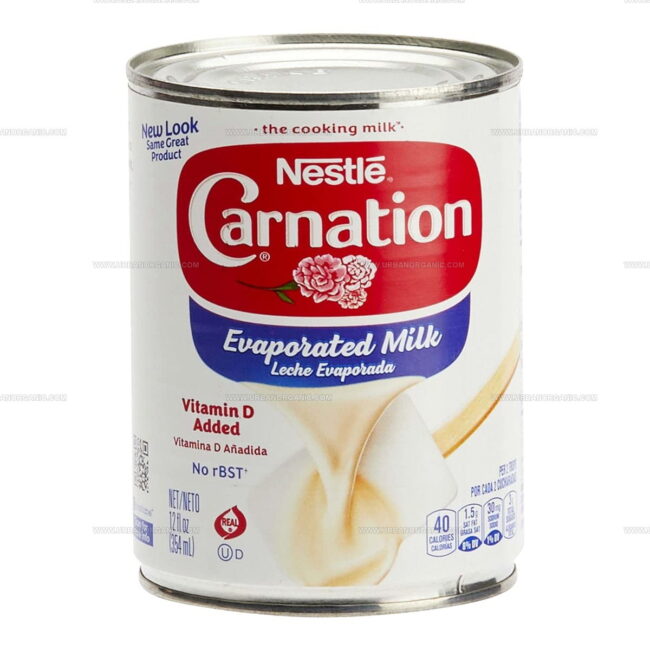
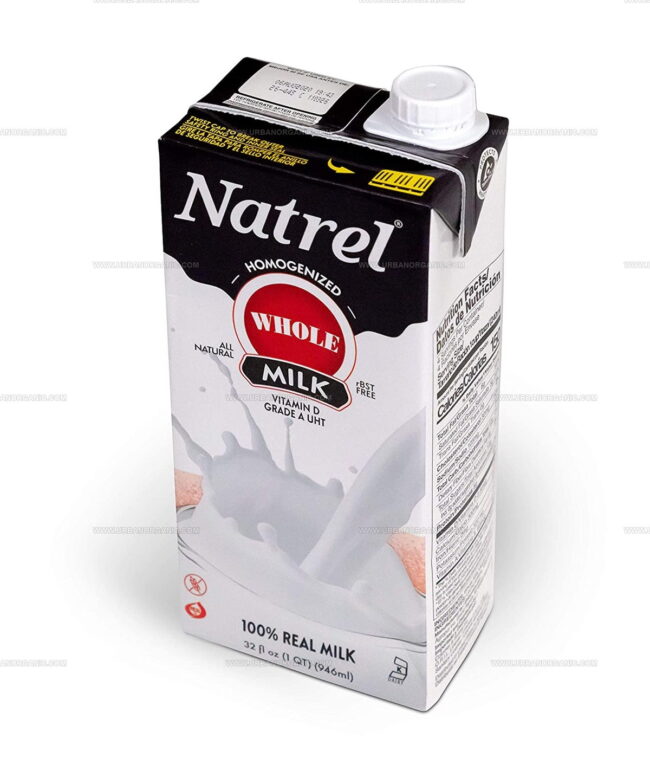
Jessica Martinez
Pastry Chef & Recipe Developer
Expertise
Organic Baking Techniques, Gluten-Free Recipe Development, Southwestern Dessert Specialties, Food Styling and Photography
Education
Santa Fe Community College (SFCC)
Jessica brings the sweet side to Urban Organic with her passion for baking and love for the Southwest. She trained at Santa Fe Community College and has built a career creating beautiful, gluten-free, and organic desserts that feel both nostalgic and new.
She believes baking should be fun, creative, and open to everyone, no matter your diet or skill level. Jessica’s recipes are simple enough to follow, but special enough to remember.